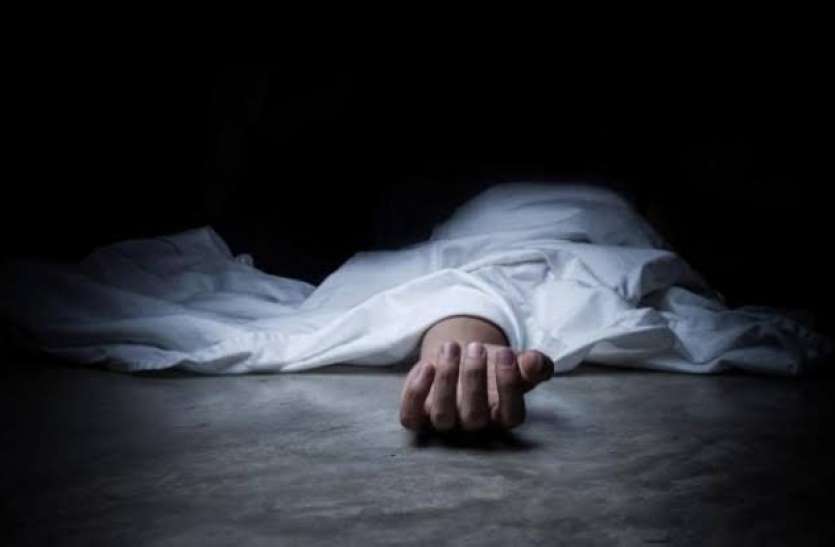
Gas geysers and carbon monoxide poisoning: Dos and don’ts if you use one

A live-in couple about to be married died of suspected carbon monoxide poisoning while taking a shower in their bathroom in Bengaluru last week. Prima facie, police suspect the LPG geyser malfunctioned, releasing carbon monoxide, which knocked the couple out before they could realise what was happening. They died in that condition.
Carbon monoxide poisoning from LPG geysers is not new in India. These are common in states like Gujarat and Maharashtra, where most buildings have installed gas pipelines. They also come in handy in places with erratic power supply. Another common source of CO poisoning is gas heaters in places like Ladakh and Jammu and Kashmir, especially during the harsh winter months.
So, what makes these devices run on LPG so dangerous and what can you do if you have no choice but to use them? Begore we answer that question, here are some facts about CO poisoning.
What is carbon monoxide?
Carbon monoxide is a gas that is generated when fuels such as liquefied petroleum gas (LPG), wood, propane, or charcoal are burnt. What makes carbon monoxide particularly dangerous is that it has no odour, colour, or taste. So, in the case of a leak, the victim may not be able to detect it on time. People have been reported to have died in their sleep, especially while using gas heaters in cold areas.
What causes carbon monoxide poisoning?
Carbon monoxide poisoning happens when a person inhales too much of it. The toxic gas builds up in the bloodstream, replacing oxygen. It can cause a person to pass out, suffer serious brain damage, and even death.
Gas geysers and heaters are popular in certain parts of the country because they are cheap and do not require electricity. However, if used in poorly ventilated, enclosed spaces, these appliances can cause the gas to build up to toxic levels.
Gas geyser syndrome
Doctors have a term for this kind of poisoning — gas geyser syndrome (GGS). After a case in Mumbai in February, the media quoted doctors as saying that GGS cases were on the rise and it was now routine to have such patients in emergency wards.
Cases naturally go up in winters, when people tend to overheat the water and take long hot showers. If the ventilation in the bathroom is poor, it makes for a deadly cocktail.
Doctors say such patients must be monitored for three to six months for possible neurological problems. They explained that carbon monoxide poisoning can even lead to brain damage, which is called gas geyser encephalopathy.
Also read: AC leak can lead to fire, explosion; here are tips to deal with cooling devices
Symptoms of carbon monoxide poisoning
Initial symptoms of carbon monoxide poisoning include dizziness, headache, nausea, fatigue, confusion, epilepsy-like seizure, chest pain, and unconsciousness.
What to do in case of CO poisoning
The first thing to do is to get the victim out for fresh air and seek medical care immediately. In many cases, such patients must be given oxygen or put on ventilator support to get the toxic gas out of their system.
How to prevent GGS
If possible, avoid gas geysers and other appliances. Flue-less (room sealed) gas geysers are now discouraged in several parts of the world, if not banned. Even if they are allowed to be installed, they come with a long list of dos and don’ts.
Australia, for instance, specifies that flue-less gas appliances are not to be operated in a bathroom or bedroom or any unventilated room. In Hong Kong, even a flue-less gas water heater for the kitchen comes with the warning that it should not be used for more than five minutes continuously.
If you cannot avoid using a gas geyser for some reason, make sure that you do not switch it on and remain in the bathroom at the same time. Leave the window and door of the bathroom open while it is on. Take a shower only after switching it off.
If the geyser is very small and cannot heat too much water at one go, heat the water in instalments and fill up a bucket with hot water before you take a shower. Yes, it is cumbersome, but it is better to be safe than face the possibility of death.
Similarly, if you are using a gas heater in a cold area, remember to switch it off before you go to bed. And do not keep it running while you are present in the room, especially if you have shut the doors and windows. Heat up the room and switch it off.

